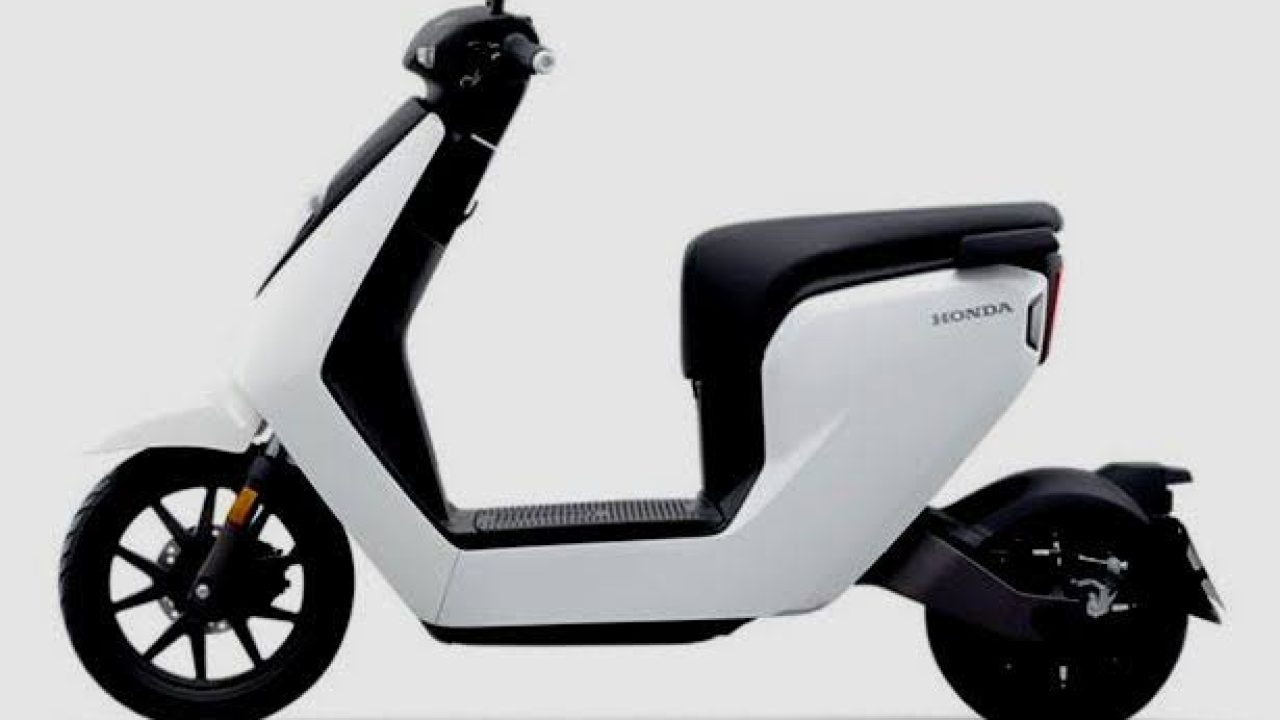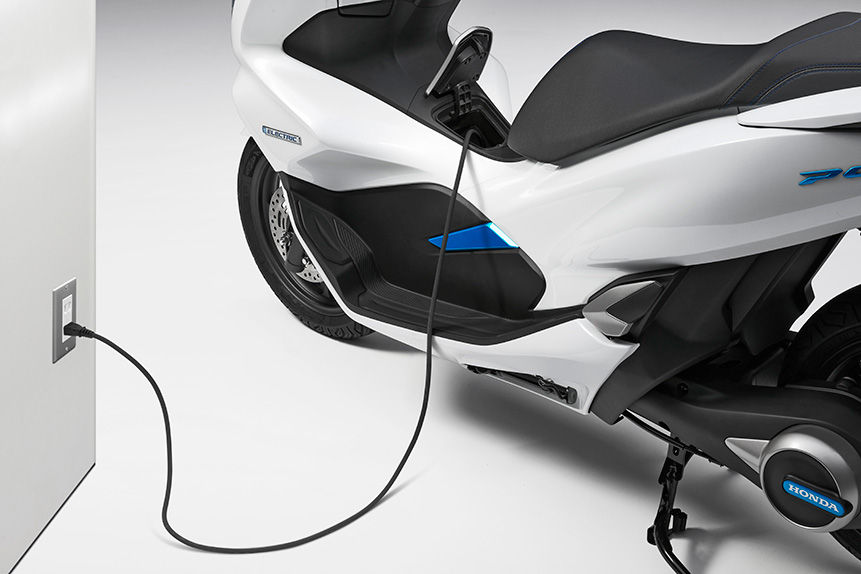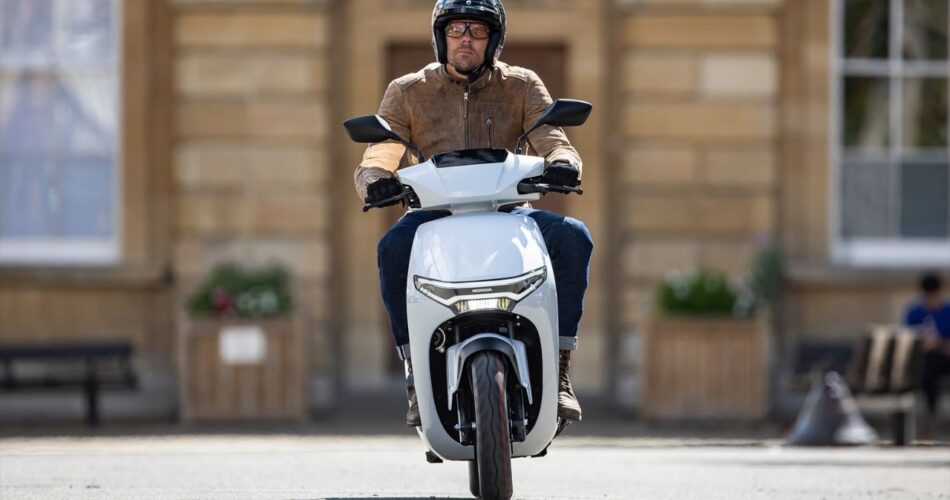Honda has long been a leader in the motorcycle and scooter industry. With increasing demand for clean transport, Honda has stepped into the electric scooter market with advanced battery-swap technology.
This innovation is designed to make commuting easier, greener, and more efficient. According to the International Energy Agency (IEA), electric two-wheeler sales grew by more than 40% in 2024, and Honda aims to capture a big share of this rising market.
- What Makes Honda’s Electric Scooter Different?
- How Does the Battery-Swap Technology Work?
- Performance and Specifications
- Why Battery-Swapping is Better than Charging at Home
- Environmental Benefits of Honda’s Electric Scooter
- The Global Expansion Plan
- Cost and Affordability for Commuters
- Challenges Ahead for Honda
- Future of Commuting with Honda’s Electric Scooter
- Conclusion: A Step Towards Smarter Mobility
What Makes Honda’s Electric Scooter Different?

Honda’s latest electric scooter is not just another e-scooter. The real game-changer is its swappable battery system. Instead of waiting hours for charging, riders can swap batteries at designated stations in less than a minute. This reduces downtime and makes long-distance travel more practical.
Key highlights:
- Battery swapping time: Under 1 minute
- Range per battery: Around 45–50 km
- Top speed: 60–70 km/h (ideal for city use)
- Charging station type: Honda Mobile Power Pack Exchanger
How Does the Battery-Swap Technology Work?

Honda’s swappable battery is called the Mobile Power Pack (MPP). Each battery weighs around 10 kg, which makes it portable for most users. Riders simply remove the discharged battery and replace it with a fully charged one at a swap station.
Steps in the process:
- Park the scooter at a swap station.
- Unlock and remove the used battery.
- Insert it into the charging slot at the station.
- Take out a charged battery and install it into the scooter.
This process is similar to refueling a petrol scooter but much cleaner and quicker.
Performance and Specifications
Honda has built the scooter with urban commuters in mind. It is lightweight, stable, and designed for short to medium city rides. Below is a quick look at its specifications:
| Feature | Details |
|---|---|
| Battery Type | Mobile Power Pack (Lithium-ion) |
| Battery Range | 45–50 km per battery |
| Top Speed | 60–70 km/h |
| Battery Swap Time | Less than 1 minute |
| Motor Power | 4–5 kW (approx.) |
| Charging Options | Swap or Plug-in charging |
Why Battery-Swapping is Better than Charging at Home
Traditional electric scooters require 4–6 hours of charging at home. For people who live in apartments or crowded areas, charging can be difficult. Honda’s system removes this problem.
Advantages of swapping over charging:
- No long waiting time
- Scalable infrastructure for cities
- Convenient for delivery riders
- Reduces charging stress at home
In countries like Japan, India, and Indonesia, where two-wheelers are the main transport, battery-swapping has huge potential.
Environmental Benefits of Honda’s Electric Scooter
According to the World Health Organization (WHO), vehicle emissions cause millions of premature deaths each year. By replacing petrol scooters with electric ones, carbon dioxide (CO2) emissions can drop significantly.
- CO2 savings per scooter per year: Up to 800–1,000 kg compared to petrol scooters.
- Noise pollution reduction: Electric scooters are nearly silent.
- Energy efficiency: E-scooters use about 60–70% less energy per km compared to petrol scooters.
The Global Expansion Plan
Honda is rolling out its electric scooter program in Asia first, where scooters dominate city traffic. In India alone, over 21 million two-wheelers were sold in 2023, showing the potential scale for electric adoption.
Countries currently testing or using Honda’s battery-swap scooters:
- Japan – pilot programs in Tokyo
- India – partnerships with energy providers
- Indonesia & Vietnam – heavy scooter markets
- Europe – selected cities for testing urban mobility
Cost and Affordability for Commuters
Honda plans to make the scooter affordable by offering flexible battery plans. Instead of buying a battery, users can subscribe to a battery-as-a-service model. This lowers the upfront cost.
Example price structure (estimated):
- Scooter price (without battery): $1,500–$2,000
- Battery subscription per month: $20–$30
- Cost per 100 km: 30–40% cheaper than petrol
This makes it appealing for delivery services like Uber Eats, Grab, and Zomato, where saving fuel cost is important.
Challenges Ahead for Honda
While the scooter looks promising, there are some challenges:
- Need for large-scale swap stations across cities
- Battery recycling and disposal concerns
- High initial infrastructure investment
However, Honda’s global presence and trusted brand name could give it a big edge in scaling quickly.
Future of Commuting with Honda’s Electric Scooter
If widely adopted, Honda’s battery-swap scooters could change city travel in the next decade. By 2030, experts predict that 40–50% of new scooters in Asia will be electric. With smart tech, quick battery swaps, and lower running costs, commuters may find little reason to return to petrol-powered scooters.
Conclusion: A Step Towards Smarter Mobility
Honda’s new electric scooter with smart battery-swap technology is more than just a scooter it is a vision for cleaner and smarter cities. It promises quick refueling, lower costs, and less pollution.
For millions of daily commuters, it could be the shift that makes petrol scooters a thing of the past. With global expansion and supportive policies, Honda may well lead the future of electric mobility.

